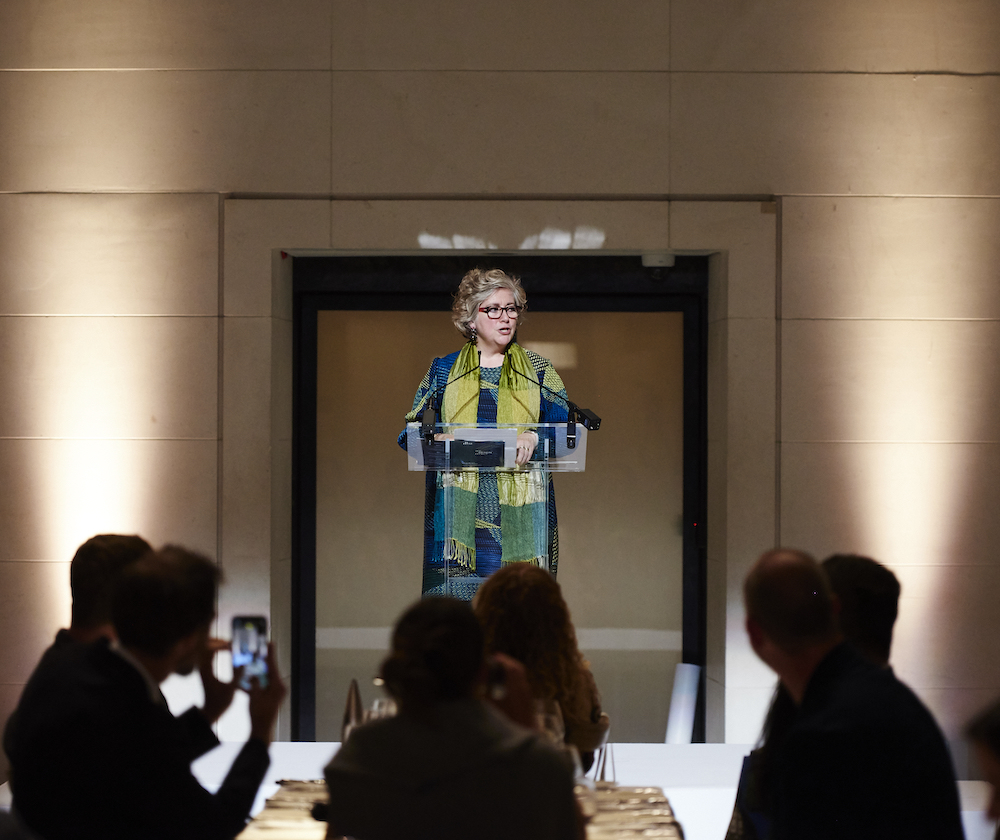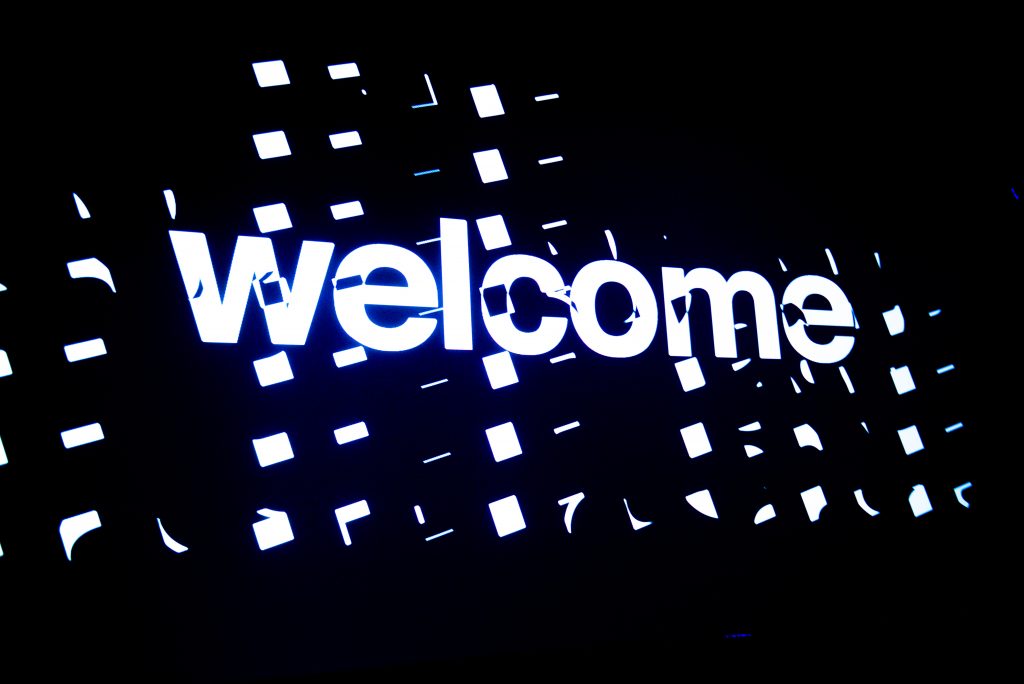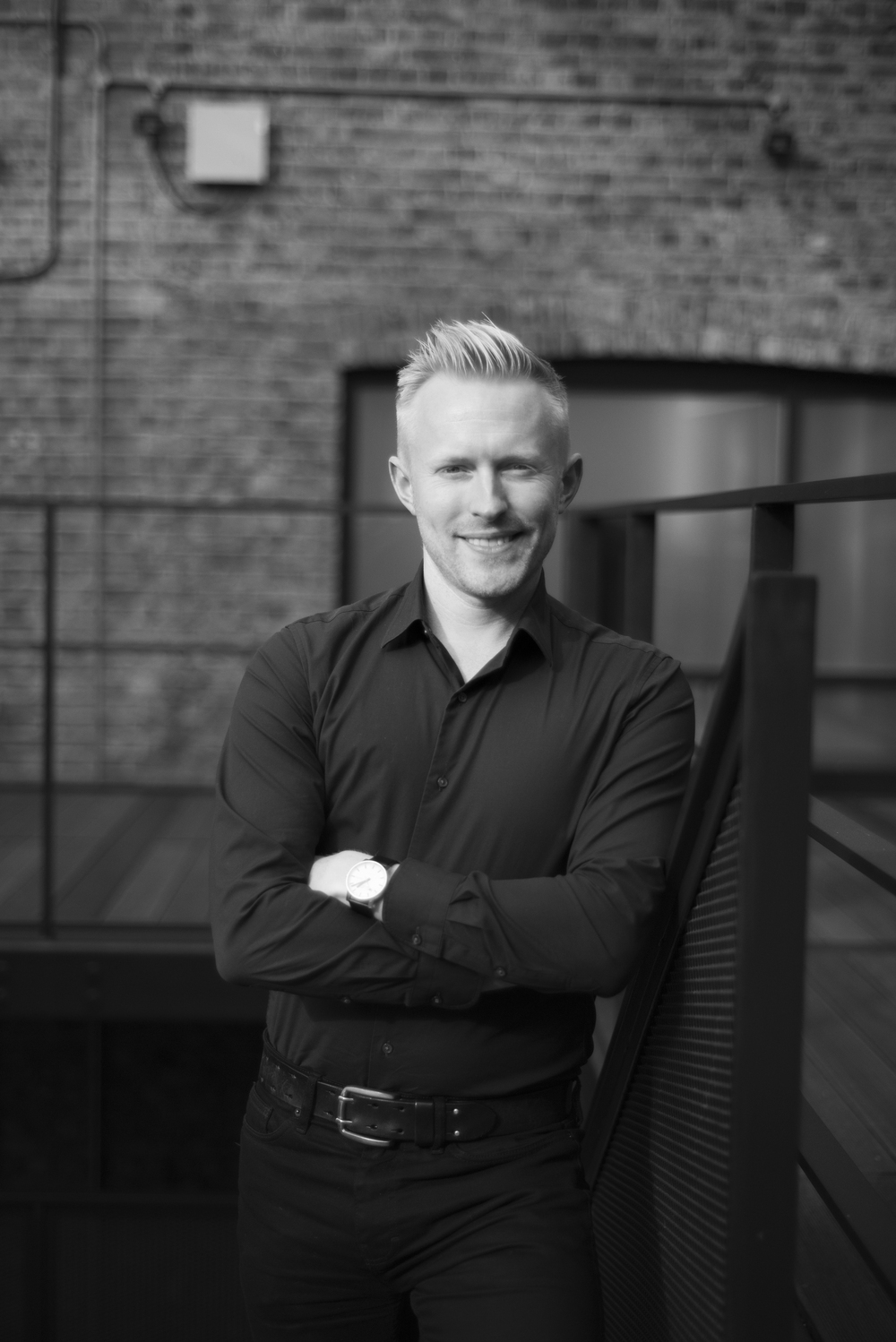 As the DBA’s Head of Services Adam Fennelow says in his article Where do the women go? “A diverse workforce is good for business – so find ways to encourage women to return.”
As the DBA’s Head of Services Adam Fennelow says in his article Where do the women go? “A diverse workforce is good for business – so find ways to encourage women to return.”
Businesses that show more support for working mothers before, during and after maternity leave will not only attract and retain the best talent, but will get the very best out of them too.
It starts with getting the basics right
There are some basic building blocks that all businesses should have in place in this area, including fair maternity leave and pay, an easing-in process for those returning to work, childcare support and flexible working.
The eye-watering cost of childcare can be enough to make women question whether their return to work is worthwhile. Offering childcare vouchers is a great way to support staff and it doesn’t have to be an expensive option, as employers save money through national insurance contributions
Flexible working is another key area to consider. A survey by NCT showed as many as 79% of women requested flexible working on their return to work, but despite demand being at an all-time high, only 11% of jobs paying over £20,000 are advertised as being flexible.
There’s a misconception that presence and productivity go hand in hand, but numerous studies have shown that people work just as effectively on condensed hours. Women need to feel comfortable that flexible working hours won’t impact their position or potential for promotion.
For their part, managers must be mindful that when a women returns on flexi-time, she is still inspired and incentivised in her role. It’s all about appreciating the value of each individual employee, regardless of their personal commitments.
 Personal touch
Personal touch
The prospect of juggling work with a new baby can be as scary as it is exhilarating, so businesses not only need to consider the practicalities of this change, but also the emotional aspects of maternity leave. Women may feel guilt, sadness and anxiety at leaving their child for the first time. They may also feel like a bit of an outsider on their return, especially if new faces have arrived.
Communication here is key; keeping women firmly in the loop before and during maternity leave is vital. Businesses can achieve this with initiatives like maternity coaching. This is not only a great way of preparing women for the changes that will occur before they go on maternity leave and easing them back in on their return, but can also help managers be more understanding of the demands the new parent is facing.
‘Keeping in touch days’ are also a brilliant way of phasing women back into work and can be arranged before the woman has gone on leave, so that she’s given some form of structure. Arranging these discussions, along with regular updates on the business, can help reduce the anxiety that women may feel about returning to work.
Following maternity leave, it’s also important to have a formal return programme in place which reintroduces women back into their role, rather than expecting them to hit the ground running after a long period away. A buddy system where women are partnered with someone who has been through the same thing can be especially helpful for first-time mothers.
No two women are the same and while some policies and flexible arrangements might work for some, they may not work for others. For example, there may be mothers who want the option to take on more work after returning from maternity leave and continue to climb the ladder, so it’s equally important this opportunity is made possible.
It comes down to talking, listening and showing appreciation and understanding of women’s feelings and career goals. Doing so will make employees feel more valued and ultimately, more motivated, engaged and productive.
In short, we need to build a working world where motherhood is embraced, not penalised. And this attitude shouldn’t just apply to working mothers; we should be focused on creating environments that actively promote inclusion and diversity right across the board.


 Social media is buzzing with questions of “How do we change this?” and there is no easy answer. The lack of gender diversity is just one element of a far wider diversity problem in the design sector.
Social media is buzzing with questions of “How do we change this?” and there is no easy answer. The lack of gender diversity is just one element of a far wider diversity problem in the design sector. 








 Chris Bradley, Mentee: Our business is owned and run by myself and my partner of 20 years. We had a number of items on our agenda that we needed to work through (recruitment, business building, retirement, forward planning etc) and we both thought it would be worthwhile having an outside, objective view on some of the decisions – including some very personal ones – that we needed to make. We are a very busy studio so to have someone who I could chat to offline, without bothering my partner who was busy on project based tasks, was great.
Chris Bradley, Mentee: Our business is owned and run by myself and my partner of 20 years. We had a number of items on our agenda that we needed to work through (recruitment, business building, retirement, forward planning etc) and we both thought it would be worthwhile having an outside, objective view on some of the decisions – including some very personal ones – that we needed to make. We are a very busy studio so to have someone who I could chat to offline, without bothering my partner who was busy on project based tasks, was great.


 It might sound simple, but it’s surprising the number of design companies who haven’t quite nailed their positioning or the way they talk about themselves. Creatives, quite rightly, are often so focused on delivering excellent work for their clients that they don’t have time for this. But now, more than ever, it’s crucial to have a clear and direct positioning that uses simple and transparent language over industry jargon and buzzwords like ‘purpose’, ‘experience’ and ‘authenticity’. Your audience knows that you and your competitors can deliver excellent design work, so your positioning needs to tell them what makes your business truly individual and unique. Being hyper aware of what your competitors are saying, and not saying, from a communications perspective is crucial here.
It might sound simple, but it’s surprising the number of design companies who haven’t quite nailed their positioning or the way they talk about themselves. Creatives, quite rightly, are often so focused on delivering excellent work for their clients that they don’t have time for this. But now, more than ever, it’s crucial to have a clear and direct positioning that uses simple and transparent language over industry jargon and buzzwords like ‘purpose’, ‘experience’ and ‘authenticity’. Your audience knows that you and your competitors can deliver excellent design work, so your positioning needs to tell them what makes your business truly individual and unique. Being hyper aware of what your competitors are saying, and not saying, from a communications perspective is crucial here. It may be an old cliché, but it’s a good one. We can’t all be a Patagonia, Nike or Innocent Smoothies, but there are so many things you can do to help communicate your company’s ethos through the way you behave. At one end of the spectrum, it’s about ensuring the content you share online not only reflects your values but is also outward-looking and connects to other movements, companies and opinions, rather than being purely based on self-promotion. This can be extended to participating in events, creating mini event series yourselves, hosting a panel discussion, or creating a podcast. All of this can sound scary (and expensive) at first, but it needn’t be either if you partner with the right people and have a clear focus of what you want to achieve.
It may be an old cliché, but it’s a good one. We can’t all be a Patagonia, Nike or Innocent Smoothies, but there are so many things you can do to help communicate your company’s ethos through the way you behave. At one end of the spectrum, it’s about ensuring the content you share online not only reflects your values but is also outward-looking and connects to other movements, companies and opinions, rather than being purely based on self-promotion. This can be extended to participating in events, creating mini event series yourselves, hosting a panel discussion, or creating a podcast. All of this can sound scary (and expensive) at first, but it needn’t be either if you partner with the right people and have a clear focus of what you want to achieve. 

 As the DBA’s Head of Services Adam Fennelow says in his article
As the DBA’s Head of Services Adam Fennelow says in his article  Personal touch
Personal touch